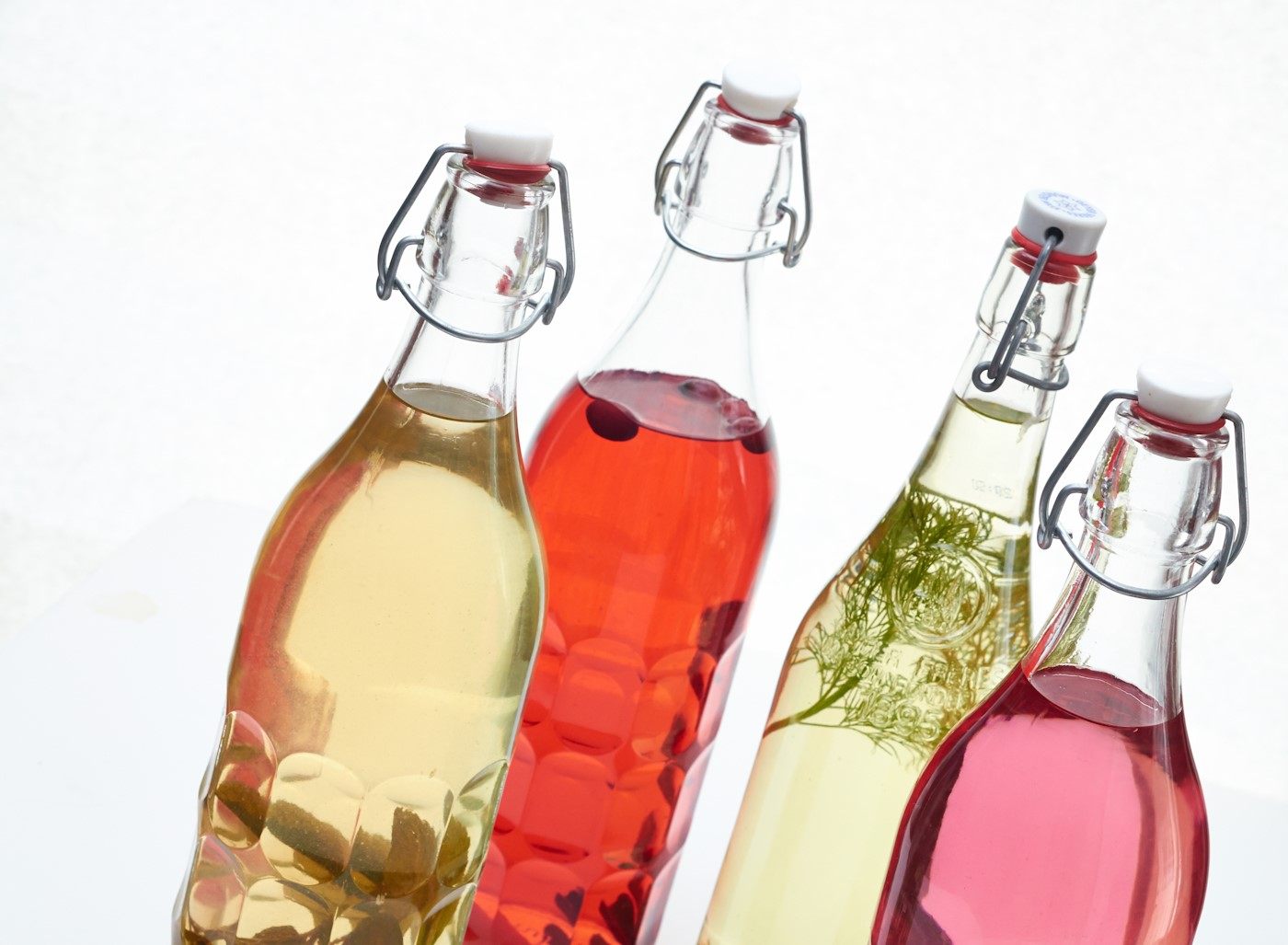Ever stared down the barrel of a life-changing moment? Imagine it’s late at night, and headlights are weaving towards you. That’s someone’s choice—driving under the influence—hurtling your way.
Think about that for a second. It isn’t just another statistic; it’s personal, right?
We’ve all heard “don’t drink and drive,” but why do so many still twist the ignition after tossing back a few? This isn’t just numbers on paper; we’re talking real lives, dreams derailed in an instant.
Stick around because you’ll get why DUI stats are more than cold facts—they’re stories begging to be told. And maybe, just maybe, we can turn this ship around together before one more light flickers out too soon.
Understanding DUI Statistics
The numbers don’t lie, but they sure can hide a tale or two. When you look at the cold hard stats on driving under the influence, it’s like staring into a kaleidoscope of what-ifs and should-haves. For instance, did you know that every day about 28 people in the United States die in drunk-driving crashes—that’s one person every 52 minutes according to NHTSA reports? It makes you think twice before turning ignition with an iffy BAC.
But those numbers? They’re just the surface—dip below and there’s a whole narrative we’re missing out on. The real kicker is not only do these incidents rack up over $44 billion annually in costs from damages as per CDC findings, but each digit represents someone’s world turned upside down—a sobering thought indeed.
The Ripple Effect of DUI Incidents
When someone decides to drive under the influence, it’s like tossing a stone into a lake—the ripples reach far and wide. The first splash hits hard: jobs can be lost, relationships strained, or worse yet—lives taken. But let’s not forget those sneaky outer waves that mess with folks you might not think about at first glance.
Take the bartender who served one too many; they’re now wrestling with guilt and questioning their judgment. Or how about local businesses? A car crash outside their door isn’t exactly drawing in customers, is it?
The emotional toll on family members is staggering—they ride an unwelcome roller coaster of worry, disappointment, even grief. Communities get shaken up too—a stark reminder that tragedy doesn’t check your address before knocking on your door.
The Legal Journey for DUI Offenders
When someone gets slapped with a DUI, it’s not just their head that spins – the legal system kicks into high gear too. First up is the arraignment where you’ll hear what you’re charged with and get to plead your case.
Then comes the main event: trial or plea deal time. It’s like choosing between getting knocked out in round one or going all twelve rounds hoping for a miracle.
If convicted, sentencing follows suit. Think fines, community service, maybe even jail time; plus those pesky DUI classes on why drinking and driving don’t mix. But here’s the kicker – studies show these penalties often miss their mark when it comes to stopping repeat offenders cold in their tracks.
Preventative Measures and Education Programs
We must be proactive and equip ourselves with the necessary knowledge to combat DUIs. To put the brakes on DUIs, we’ve got to get smart—and fast. Educational campaigns are hitting the streets harder than ever, with ads that stick like gum on your shoe, making sure folks know what’s at stake when they drink and drive.
Cops aren’t just lurking in donut shops; they’re out there setting up checkpoints faster than you can say “field sobriety test.” And tech? It’s not science fiction anymore—cars come equipped with breathalyzers that won’t let drunk drivers even start their engines.
The future is now, people. With these strategies taking center stage, we’re seeing DUI numbers take a nosedive. Let’s keep it that way.
Exploring Alternative Transportation Options
Ridesharing apps are like the superheroes of nightlife, swooping in to give a lift to those who’ve had one too many. They’re not just convenient; they’re changing the game when it comes to DUI rates. Studies show that cities with Uber report fewer drunk driving crashes among younger populations—a win for safety and smart choices.
But let’s not forget about good old public transportation—it’s been offering safe rides long before smartphones were a thing. Buses and trains don’t just run on tracks or roads; they operate on trust, providing reliable alternatives for anyone who’s had a festive night out.
The trick is getting people to hop aboard these options instead of behind the wheel. That’s where education steps in—because knowing you have a backup plan can turn a potential mistake into an easy fix.
The Psychology Behind Impaired Driving Decisions
Ever ponder why seemingly sensible individuals make ill-advised choices while driving inebriated? It’s like their good judgment takes a backseat, and let’s face it, alcohol is one chatty driver. Alcohol messes with the brain’s executive function – basically its decision-making HQ. So, when someone’s been drinking, their ability to judge risks properly goes out the window.
This isn’t just about being tipsy; we’re talking about a full-blown “I can totally jump over that fire pit” level of confidence. Peer pressure also turns up at this party, egging on choices that sober you would side-eye hard. Suddenly, grabbing those car keys seems like a solid plan because everyone else says so.
And self-awareness? Let’s just say it gets ghosted faster than your ex after a bad breakup. That inner voice that usually pipes up with warnings switches off quicker than lights at closing time.
Advocacy Groups and Support Systems
When life throws a curveball, like the aftermath of a DUI incident, it’s advocacy groups that step up to bat. These devoted advocates don’t just provide comfort – they’re actively aiding those in need of assistance when times are toughest. Mothers Against Drunk Driving (MADD), for instance, isn’t just about changing laws; they also provide emotional support and guidance through their victim services.
You might think they’re all talk and no action, but you’d be wrong. They’ve got skin in the game—many members have walked this rocky road themselves—and know exactly what kind of lifeline is needed.
FAQs about Driving Under the Influence
What percent of people drive under the influence?
About 11.8 million Americans report driving after drinking too much in 2018, per CDC findings.
What are the statistics of underage drinking and driving?
Nearly one in ten high school students drank alcohol and drove in 2023, reports show.
What are the risk of driving under the influence?
DUI ups crash risks, can lead to legal woes, injury, or death—plus it spikes insurance rates big time.
What is the most significant fact about drinking and driving?
DUI causes a third of traffic deaths; most offenders binge drink; arrests peak at night; young men top stats. Check out more from NHTSA’s deep dive into DUI data.
Conclusion
So you’ve walked through the grim numbers. You’ve felt the heartache rippling out from a single DUI choice. We’re not just crunching data; we’re piecing together lives shattered by one bad decision.
Dive deeper, and you’ll see this isn’t about laws or stats alone. It’s about folks grappling with loss, offenders wrestling with guilt, and communities striving to heal.
Embrace prevention—education matters; support systems shine like beacons of hope in dark times. And remember that behind every statistic is a human face—a story worth telling.
If Behind the Statistics: The Human Side of Driving Under the Influence has shown us anything, it’s that our choices carry weight far beyond what we see at first glance.




